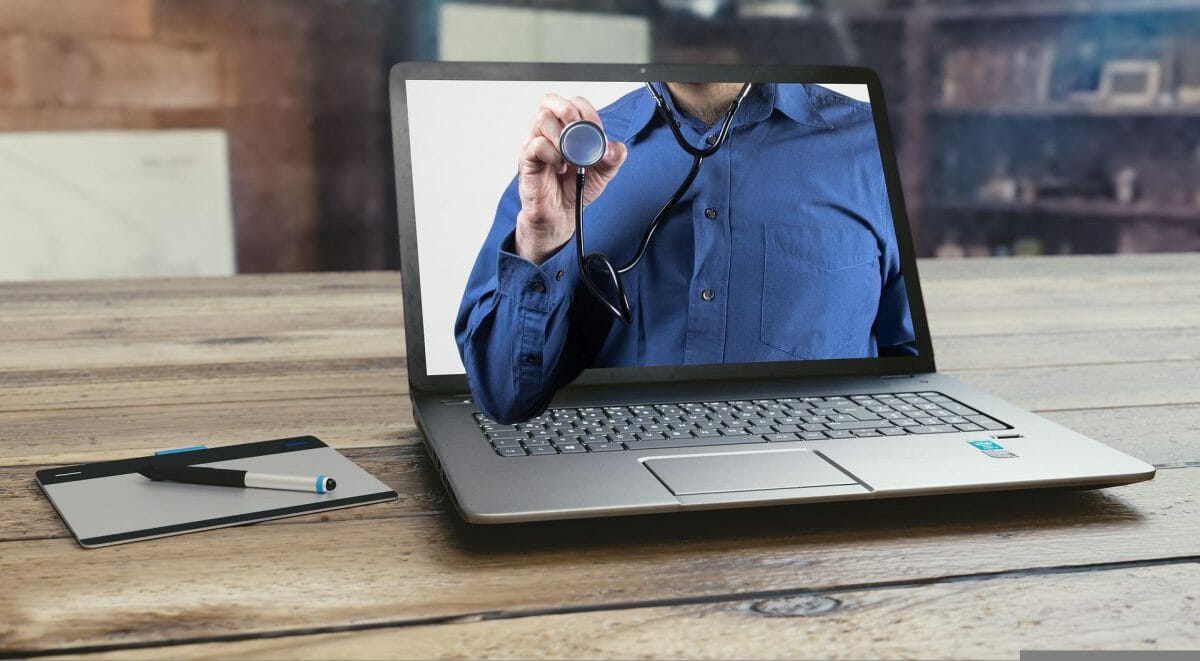By Pauline T Mayer
The use of telemedicine has been gradually decreasing all across the USA. So is the end of remote consultations in healthcare looming? To answer this question, Itransition suggests looking at patients’ satisfaction with the service. Let’s see how it works in practice.
Leveraging patient surveys
The critical indicator of telemedicine viability is patient satisfaction. So what do we have in this respect? At the national level, patients are pretty content with the new service model. According to the Patient Satisfaction Survey by J. D. Power, telehealth scored 860 out of 1000 points. However, looking at the satisfaction rate by state, county, or town makes sense.
The best way to do so is through patient satisfaction surveys, which are the best bet for care and service improvements.
To obtain granular and truthful results, specialists recommend running surveys right after a patient’s visit. Only exceptionally good or bad experiences are reflected if the study is submitted later. On the contrary, post-visit questionnaires allow capturing an experience while it is fresh in a patient’s memory. Unfortunately, patients rarely respond to such surveys even when still on-premises.
Surprisingly, the situation changed during the pandemic. Providers had to pivot to telemedicine and AI-driven bots to collect patients’ feedback on their service, and patients have become a lot more responsive this way.
Identifying disparities
Thanks to the rapid response from their patients, providers also manage to find and fix the disparities in telemedicine access.
Unfortunately, such disparities exist in the majority of health practices. Many telemedicine apps ramped up rapidly with the only aim of providing due care with minimal exposure risks to clinicians and patients. Now, as the vaccination campaign has kicked off, the infection risks are reducing. Thus, it’s time to examine the telemedicine experience and streamline the service. So, where to begin?
The survey mentioned above by J. D. Power discovered that chronic-condition patients were less optimistic about telemedicine, granting it 743 points only. So how to make teleconsultations be more engaging for that patient group? First of all, we need to see the disparities they face. In this regard, the evidence that primary care practices have gathered is hard to overestimate. Patient groups exposed to telemedicine access restrictions have the following characteristics:
- Older age. Chronic-condition patients older than 65 are likely to have difficulties with telehealth due to the lack of computer skills or some physical impairments (poor hearing, bad eyesight, and more).
- Lower socioeconomic status. Such patients have to strike a balance between care costs and living expenses. Unfortunately, the latter often outweighs, and the patient arrives at a clinic looking for prompt unplanned hospitalization.
- Limited health literacy. Health literacy is a cornerstone of successful disease management for chronic-condition patients, which is often lacking.
- Insufficient English proficiency. According to the Migration Policy Institute data, about 15.5 million Americans have limited English proficiency (LEP). Such individuals have difficulties accessing care in person, let alone digitally.
- Rural residency. Rural dwellers have one more disparity: the lack of high-speed broadband connectivity.
Drafting a mitigation strategy
Mitigating the disparities above requires a consolidated approach. First, providers should detect the changes in access to care patterns among at-risk patients. For this matter, practitioners recommend comparing the share of visits shortly before and immediately after telehealth deployment. While in the latter case, the numbers surge for healthy patients, they don’t change or even drop for those at risk. This method helps detect care access disparity. Later on, it makes sense to look at those who try to avoid e-visits. As a rule, they represent ethnic minorities with LEP. And here comes the first patch—providers should offer adequate interpreter service during consultations.
Secondly, it’s vital to improve health and tech literacy in chronic-condition patients so they can use tools without any knowledge gaps. Here health IT vendors can assist. Cooperating with providers, they can develop understandable user guides available for a quick look-up anytime. They may also prepare engaging video tutorials about how to start and conduct e-consultations.
Moreover, providers need to monitor the care access among patients who have problems with video consultations. Providers should offer audio-only consultations if a full-scale teleconsultation is out of reach. It is a viable alternative for patients suffering from mental health disorders, substance abuse, diabetes, and more. According to the CMS, about 30% of such patients from remote and rural locations chose phone-only telehealth modality during the pandemic crisis.
Final thoughts
Telemedicine, the new care delivery model, has proved its worth amidst the crisis, allowing providers to continue their life-saving activities without avoidable risks. At the same time, vulnerable populations seem to have gained less from the service due to access disparities. Luckily, these disparities are addressable. To mitigate them, providers need to:
- Identify access problems in their at-risk populations.
- Team up with their IT vendors and neutralize health and tech knowledge gaps with straightforward and engaging guides and video tutorials.
- Offer an alternative telehealth delivery model that meets specific patients’ needs (audio-only telehealth and more).
If providers work proactively, they’ll manage to provide access equally to all their patients and prevent adverse health events timely.


